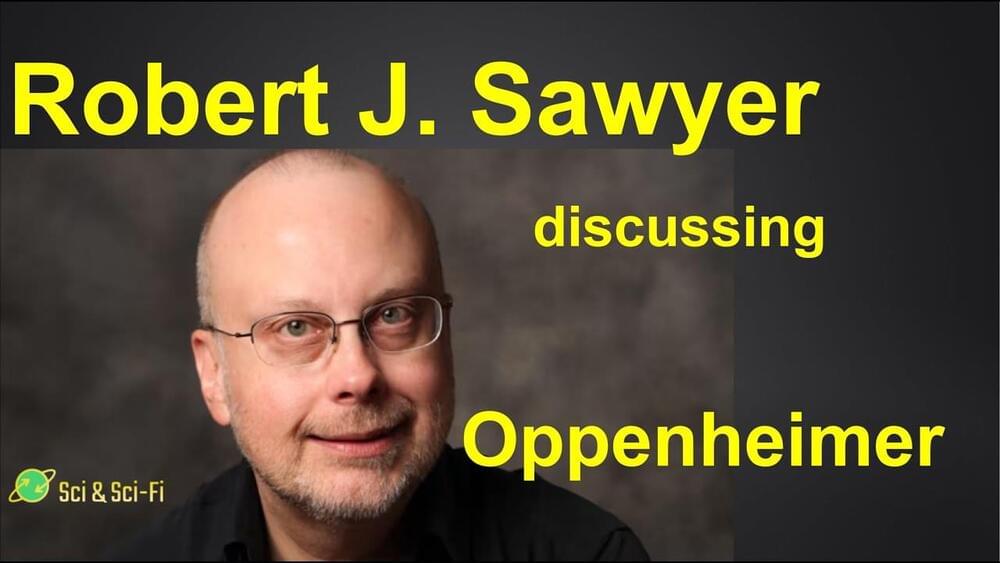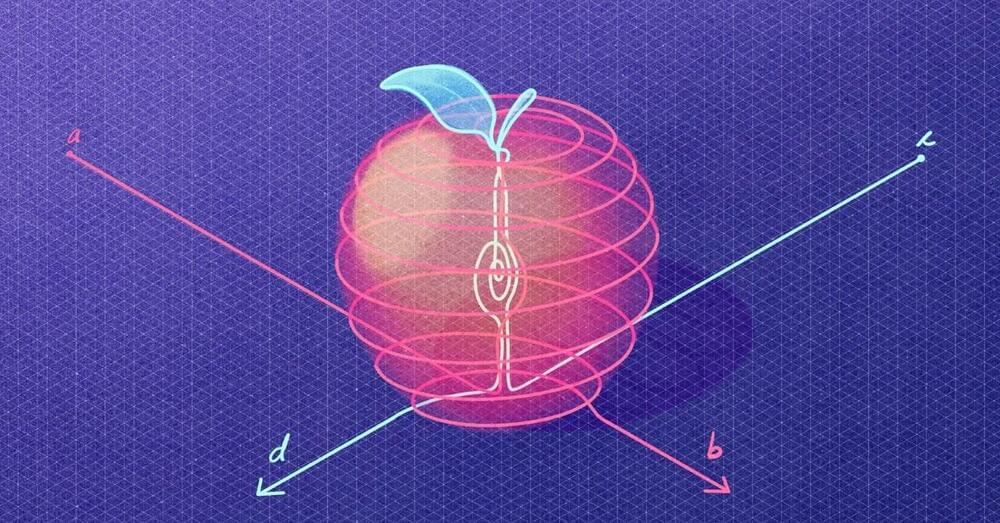Jun 11, 2023
Space Folding Explained | Spacing Guild Navigation | Dune Lore
Posted by Jose Ruben Rodriguez Fuentes in categories: economics, education, media & arts, space travel
A discussion of the fascinating concept of space folding as it is presented in the Dune legendarium. In order to fill the needs of the vast interstellar empire of Frank Herbert’s universe the mechanism of space-folding is heavily relied upon. This form of faster-than-light travel enables spaceships to traverse astronomical distances instantaneously, and has proven crucial in shaping its social, economic, and political dynamics. Spoiler warning if you are unfamiliar with Frank Herbert’s Dune.
Nerd Cookies PATREON: https://www.patreon.com/nerdcookies.
Nerd Cookies DISCORD: https://discord.gg/bq9kuFEeuB
Twitter: https://twitter.com/nerd_cookies.
Follow me on TWITCH: https://www.twitch.tv/nerdcookiearcade.
Continue reading “Space Folding Explained | Spacing Guild Navigation | Dune Lore” »


















